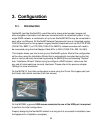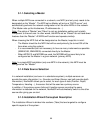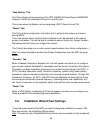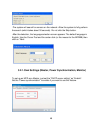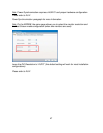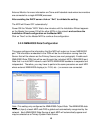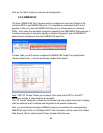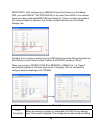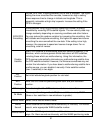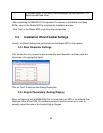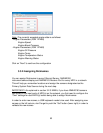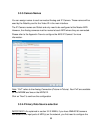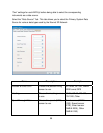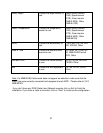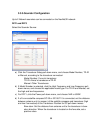
51
the raw GPS fixes. A setting between 000 to 999 is available. The higher
setting the more smoothed the raw data, however too high a setting
slows response time to change in latitude and longitude. This is
especially noticeable at high ship’s speeds. Increase the setting if the
GPS fix changes.
SOG/COG
Smoothing
During position fixing, ship’s velocity (speed and course) is directly
measured by receiving GPS satellite signals. The raw velocity data may
change randomly depending on receiving conditions and other factors.
You can reduce this random variation by increasing the smoothing. Like
with latitude and longitude smoothing, the higher the speed and course
smoothing the more smoothed the raw data. If the setting is too high,
however, the response to speed and course change slows. For no
smoothing, enter all zeroes.
Disable
Satellite
Every GPS satellite is broadcasting abnormal satellite number(s) in its
Almanac, which contains general orbital data about all GPS satellites,
including those which are malfunctioning. Using this information, the
GPS receiver automatically eliminates any malfunctioning satellite from
the GPS satellite schedule. However, the Almanac sometimes may not
contain this information. If you hear about a malfunctioning satellite from
another source, you can disable it manually. Enter satellite number
(max. 3 satellites) in two digits.
INIT.
Position
Set initial latitude/longitude position for cold start.
ANT.
Position
Enter the GPS antenna positioning bow-stern and port-starboard
position.
ANT. Height Enter the height of the GPS antenna unit above sea surface.
Rx Mode
Choose position fixing method: 2D (three satellites in view), 2D/3D
(three or four satellites in view whichever is greater).
WAAS Mode Select ON to use the WAAS mode.
WAAS
Search
WAAS satellite can be searched automatically or manually. For manual
search, enter appropriate WAAS satellite number.
WAAS Alarm
When the WAAS signal is lost, the audible alarm sounds one of two
ways. On: Alarm sounds continuously until the WAAS positioning mode



